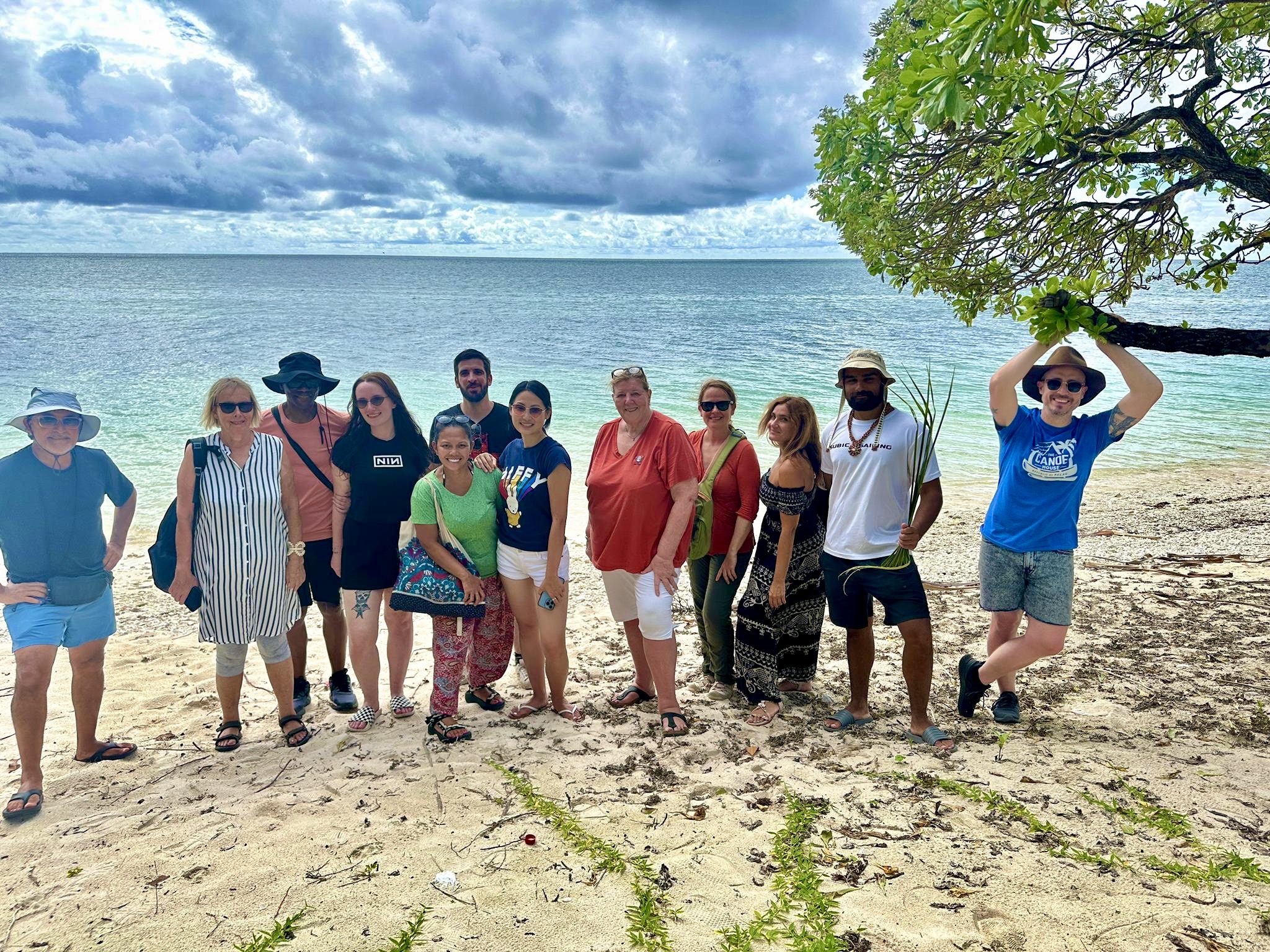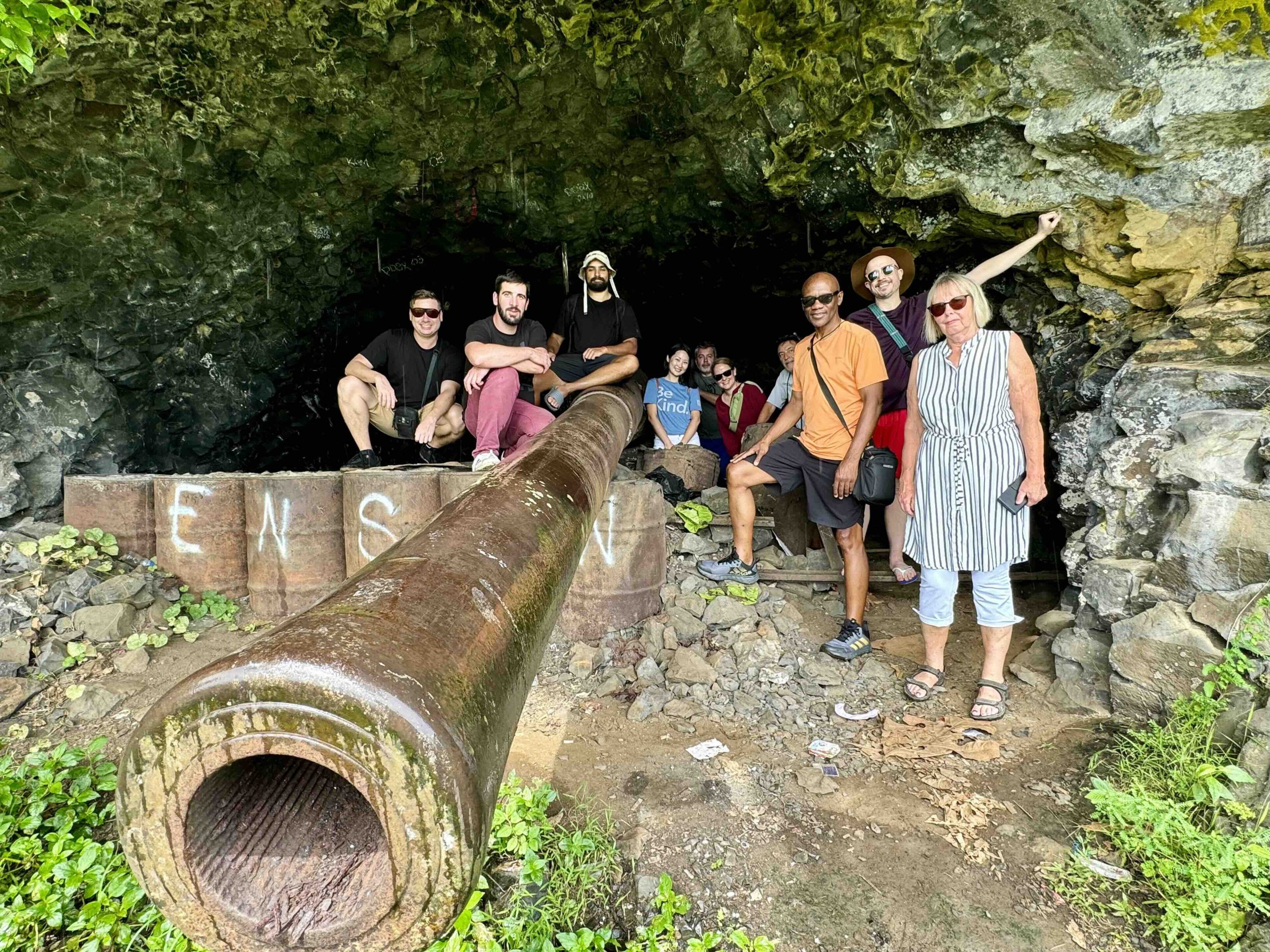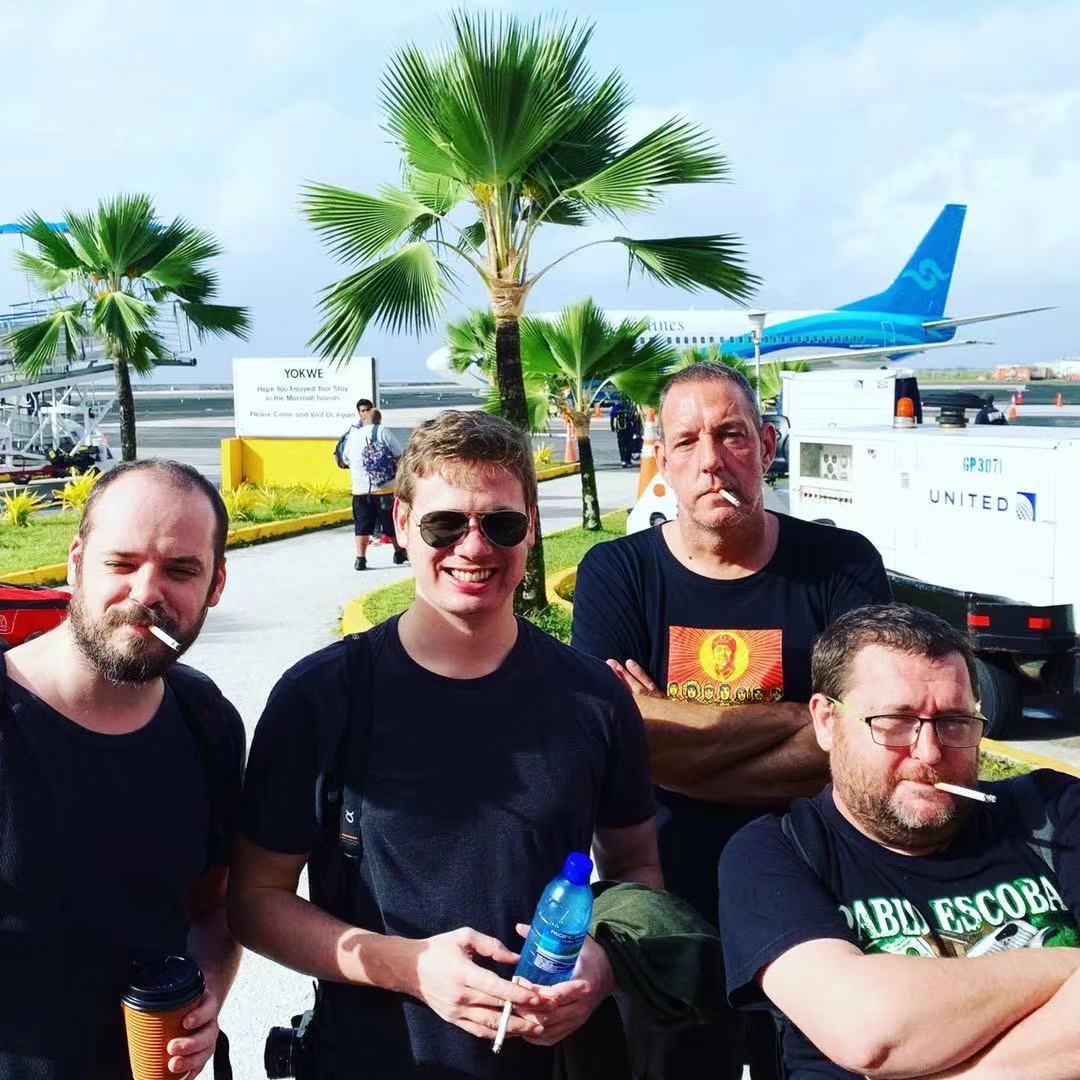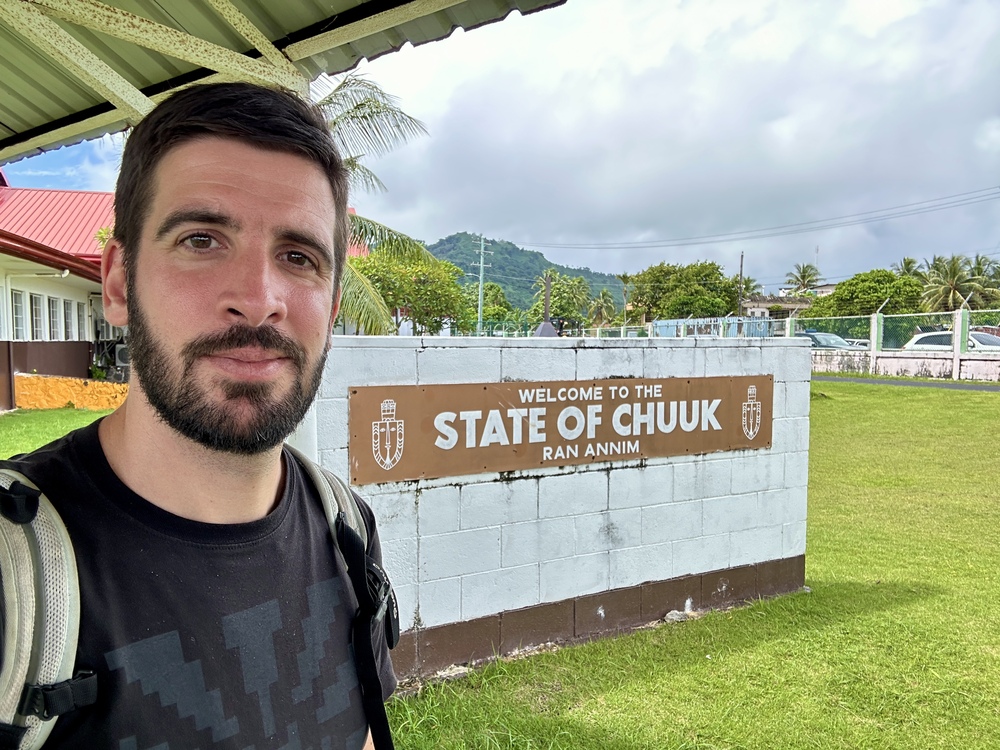The Island Hopper is more than just a flight route—it’s a living legend in the aviation world. This unique journey traverses the Pacific Ocean, connecting Guam to Honolulu with a series of stops at remote and idyllic islands that we visit on our Least Visited Countries Tour.
Table of Contents
Connecting the islands of the Pacific, this iconic service between Guam and Honolulu has been in operation since 1968, offering travelers a unique experience that combines breathtaking views, a sense of adventure, and a taste of the world’s most remote destinations. Initially flown by Pan Am, it was later taken over by United Airlines, continuing this iconic tradition. But beyond its picturesque landscapes, there’s a fascinating history and operational intricacies that make the Island Hopper one of the coolest flights you’ll ever take.




A Brief History of the Island Hopper
The Island Hopper route was originally designed to connect Honolulu, Hawaii, with the US territories in the Pacific, creating a vital link between Guam, American Samoa, the Federated States of Micronesia, and the Marshall Islands. Before the 1960s, air travel across these islands was scarce and inefficient. With the rise of the US military presence in the region during and after World War II, the need for reliable connections became crucial.
Pan American World Airways was the first to establish the route, which was later taken over by United Airlines after Pan Am’s operations were absorbed in the late 1980s. Since then, the Island Hopper has remained one of the most iconic air routes in the world, connecting travelers not only to remote islands but to an intriguing slice of history, culture, and geopolitics.

The flight route: what makes it special
The Island Hopper spans over 4,000 kilometres (2,600 miles), with a series of stops that showcase the diverse beauty of the Pacific Islands. The full route includes stops at:
- Guam: The starting point, an American territory brimming with tropical beaches and military history.
- Majuro (Marshall Islands): A bustling atoll with a fascinating mix of indigenous culture and colonial influences. This is were we board the plane on our Least Visited Countries Tour.
- Kwajalein Atoll (Marshall Islands): A US military base used for missile testing, usually off limit for civilians.
- Pohnpei (Federated States of Micronesia): Known for its lush rainforests and archaeological sites, it’s a hub of both history and nature.
- Chuuk (Federated States of Micronesia): The second stop on our LVC epic adventure, this is a place more about adventure than development, a diver’s paradise with a rich history tied to WWII. Read our article about Chuuk’s slow road to independence.
- Honolulu: The endpoint, where the lively culture of Hawaii contrasts with the remote calm of the Pacific islands.
The unique aspects of the Island Hopper
There’s no other flight quite like the Island Hopper, and it’s the little details that make it so unique.
- Maintenance in the Sky: Unlike most commercial flights, each Island Hopper flight carries a mechanic and an extra set of spare parts on board. This precaution ensures that in case of a breakdown, help is already on hand. Given the flight’s remote stops and long duration, this added layer of safety is critical.
- The Four-Pilot Crew: Flying over the Pacific Ocean for hours on end requires precision and vigilance. That’s why each Island Hopper flight is manned by four pilots. The first two pilots take control for the initial leg from Guam to Majuro, while the second team of two pilots flies the route from Majuro to Honolulu. This ensures safety and rest across the long journey.
- Short Runways and Fire Safety: Many of the islands along the route have short runways, which can make landings more challenging. To mitigate the risks, fire trucks are stationed by the runway for each landing. These trucks are on standby to cool the brakes and tires of the plane, ensuring that everything stays cool after a safe touchdown.
The Islands: Remote, Beautiful, and Historical
One of the most exciting parts of the Island Hopper is the ability to see parts of the world that are often overlooked. Take, for instance, Chuuk, known for its WWII history and world-class wreck diving. Chuuk Lagoon, with its sunken battleships, aircraft, and cargo ships, is a diver’s dream.
Kwajalein, home to a major U.S. missile testing site, is another intriguing stop. This atoll, a key military base since WWII, is still active in the testing of the U.S. missile defense systems. It’s a reminder of the strategic importance these islands hold in modern geopolitics.
The flight also provides a chance to visit the Marshall Islands. The Majuro Atoll, a stopover on the route, is a beautiful collection of islands and islets. Despite its small size, it holds great cultural significance and is home to resilient local communities.

Join us to fly the Island Hopper
With its long history, unique safety protocols, and breathtaking vistas, this flight is an experience that goes beyond mere transportation—it’s an true adventure for the aviation geeks and curious travellers ! By joining us our our Least Visited Countries Tour, you have a chance to experience it.





